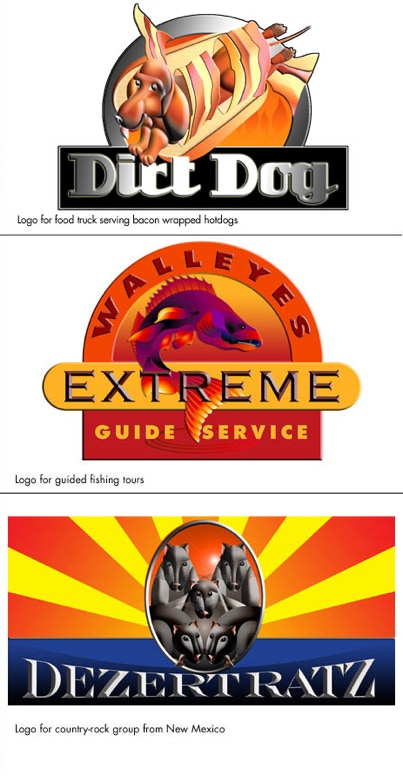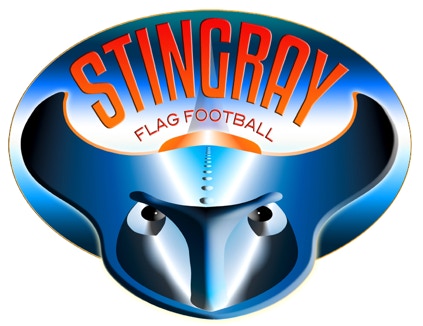
I would ask these questions:
1. What’s in the prospective designer’s portfolio?
A. Does any of the work appear to relate to my target market?
Here’s an area where the entrepreneur often runs amuck. Substituting his or her personal taste for that of their prospects can grossly misguide the design process.
2. Do the images meet the one day - three second test?
A. Would I recognize the company by their logo if I saw it again tomorrow for three seconds?
Naturally, this is strongly dependent on another factor, frequency. Because of the massive exposure we have received, very few adults fail to recognize McDonnald’s Golden Arches or Proctor and Gamble’s Crescent Moon and Stars. But a great new logo can begin to match that performance if properly conceived.
3. Does each image begin to tell a story
about the product or company?
A. Can the image be appreciated on more than one level?
Here’s where we run into the problem of illustration vs logo. Many clients think their entire history (or inventory) should be somehow represented in their logo. Without professional guidance, this results in an overly complex design that fails to register with the prospect in the critical three second exposure test. On the other hand, a great logo goes one step further than mere recognition by saying something about the intangible quality of a company or product. Perhaps It captures a company’s youthful exuberance or the exclusivity of a country club, but all great logos go one (or more) steps further.
B. Does the image support the client’s Unique Selling Position.
There is much more about this in our report, Advertising Principals for the Entrepreneur (available at pacprint.com). I’ll simply reiterate, a great logo does not necessarily illustrate your USP, but it must support it.
4. Can the logo be translated into
different media and retain its distinctiveness?
Many images that look great in full color on an 8.5” x 11” page fall apart or loose their impact when enlarged on the side of a truck, reduced to a small-space ad or reduced further to black and white. As we have already noted, frequency of exposure is a prime factor in recognition. Thus, an image that looks substantially different under differing conditions is a week logo.
5. Is the logo sufficiently unique to register?
Having a registered trademark substantially enhances a company’s perceived value. Although we are not patent attorneys, and therefore cannot offer legal advice, we have assisted many clients in registering their marks. Thus, we are familiar with the US Patent Office’s stringent requirements for uniqueness.
6. Will this design age well?
Many cutting-edge designs tend to look old or require revision in a very few years. Great designs look like classics the day they are created and give their owners the opportunity to emblazon them in the public consciousness for many years.
7. Does this designer have the skills and experience
to meet all my promotional needs in the foreseeable future?
Many great designers specialize in narrow aspects of promotion. In fact, many prefer to do nothing but logos. The entrepreneur needs to leverage every relationship he cultivates. A one-stop shop that can handle all aspects of design and production can be a valuable asset.
In the final analysis, personal tastes and working relationships play an important roll in the development of any image. Still, we can go a long way toward ensuring the success of any new venture or product by asking these seven questions when we choose a l designer.


Logo for flag football team in Florida

Logo for a contemporary Christian church in Florida